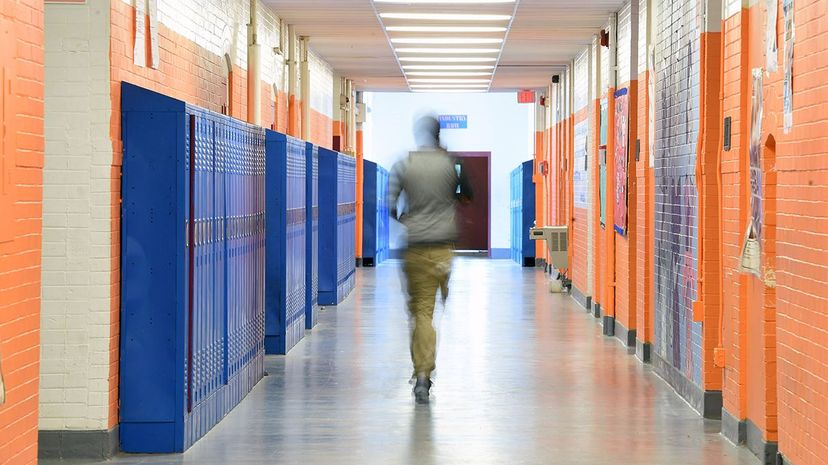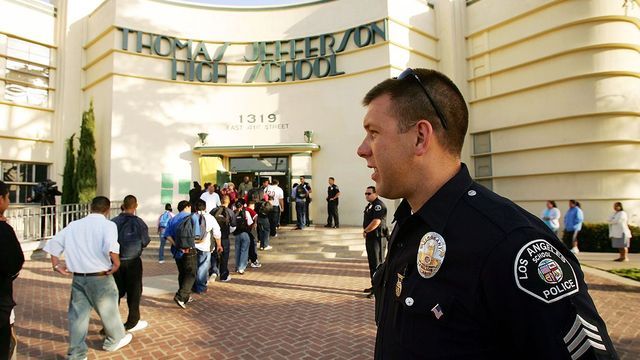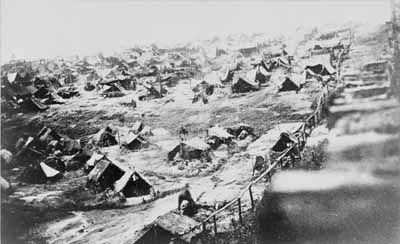
Last year, a high school student in Vestal, New York, called his teacher a "f**king racist" in class. Senior Vincent Spero, who says he was reacting to his teacher's use of a racial slur, was deemed a threat to the school. On Dec. 2, he was suspended indefinitely. At that time, statistically speaking, Spero became more likely to go to prison someday.
U.S. public schools suspended 2.8 million students, or about 6 percent of its student population, during the 2013-2014 school year. That's about 10 percent more than 2000 numbers and more than double the suspension rates of the 1970s.
Advertisement
Suspensions rose dramatically with the widespread adoption of "zero-tolerance" policies in the 1990s. Schools mandated suspension for any student bringing a weapon onto campus, amid "growing concern about crime and violence in schools," write reporters Libby Nelson and Dara Lind on Vox. But according to the UCLA Civil Rights Project, most suspensions in the 2009-2010 school year were for offenses like tardiness, disrupting class and violating dress codes.
Many education experts think suspension is a poor approach to school discipline. Morgan Craven leads the School-to-Prison Pipeline Project at Texas Appleseed, a public-interest justice center based in Austin, Texas. She says in an email that an effective approach to discipline generally relies on "positive behavior methods that are based in research and evidence." (Suspension, she says, is not one of those methods.)
"These [positive] methods effectively address student misbehavior when it occurs, and model positive behavior so that students learn appropriate ways to act in class and interact with teachers and peers," Craven writes. "Classroom removals are simply changes in a student's location, not a solution to student behavioral issues."
Suspension doesn't address the issues that may cause a student's problematic behavior. And because students often see out-of-school suspension as "an officially sanctioned school holiday," it's hard to make an argument for deterrence.
Yet inefficacy may be the least of school suspension's problems. An alarmingly vast body of research suggests the disciplinary measures employed in many U.S. public schools could be ruining students' lives.
Advertisement



